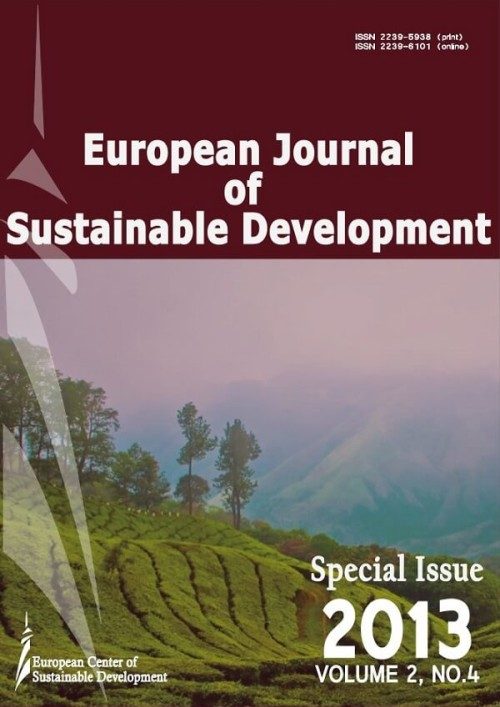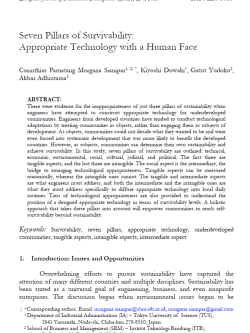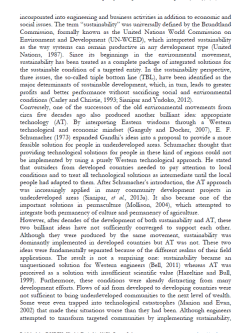
Seven pillars of survivability: Appropriate Technology with a human face
2013 • C.P.M. Sianipar, K. Dowaki, G. Yudoko, A. Adhiutama
Abstract. There were evidence for the inappropriateness of just three pillars of sustainability when engineers have attempted to construct appropriate technology for underdeveloped communities. Engineers from developed countries have tended to conduct technological adaptations by treating communities as objects, rather than engaging them as subjects of development. As objects, communities could not decide what they wanted to be and were even forced into systematic development that was more likely to benefit the developed countries. However, as subjects, communities can determine their own sustainability and achieve survivability. In this study, seven pillars of survivability are outlined: technical, economic, environmental, social, cultural, judicial, and political. The first three are tangible aspects, and the last three are intangible. The social aspect is the intermediary, the bridge to emerging technological appropriateness. Tangible aspects can be measured numerically, whereas the intangible ones cannot. The tangible and intermediate aspects are what engineers must address, and both the intermediate and the intangible ones are what they must address specifically to diffuse appropriate technology into local daily routines. Tiers of technological appropriateness are also provided to understand the position of a designed appropriate technology in terms of survivability levels. A holistic approach that takes these pillars into account will empower communities to reach self-survivability beyond sustainability.
DOI: 10.14207/ejsd.2013.v2n4p1
Citation Styles
MLA Style Manual (Modern Language Association)
- Sianipar, Corinthias P.M., et al. “Seven pillars of survivability: Appropriate technology with a human face.” European Journal of Sustainable Development 2.4 (2013): 1-18.
APA Citation Format
- Sianipar, C. P. M., Dowaki, K., Yudoko, G., & Adhiutama, A. (2013). Seven pillars of survivability: Appropriate technology with a human face. European Journal of Sustainable Development, 2(4), 1-18.
CMOS (Chicago Manual of Style)
- Sianipar, Corinthias P.M., Kiyoshi Dowaki, Gatot Yudoko, and Akbar Adhiutama. “Seven pillars of survivability: Appropriate technology with a human face.” European Journal of Sustainable Development 2, no. 4 (2013): 1-18.


